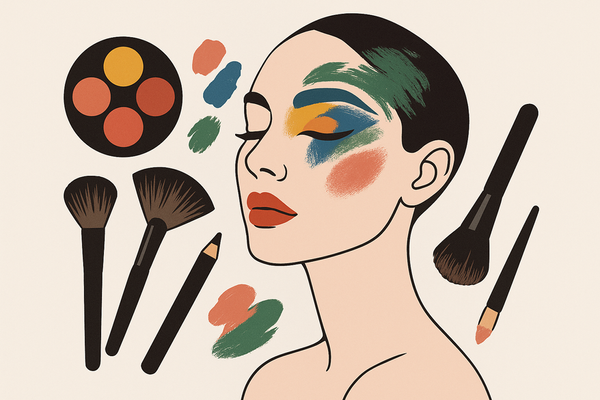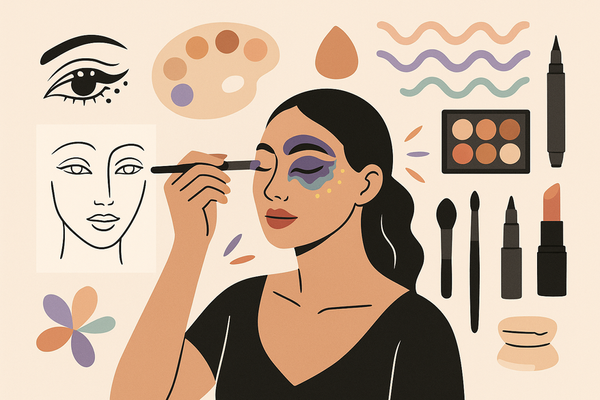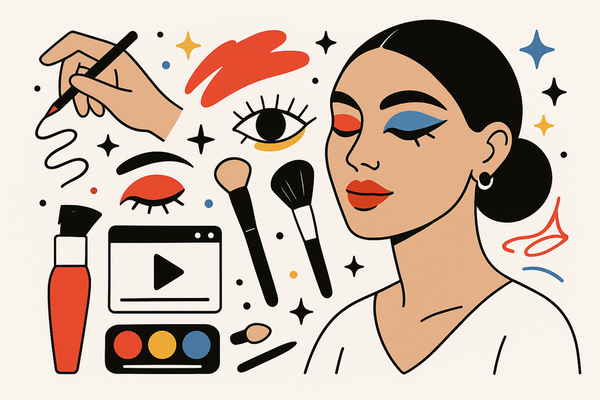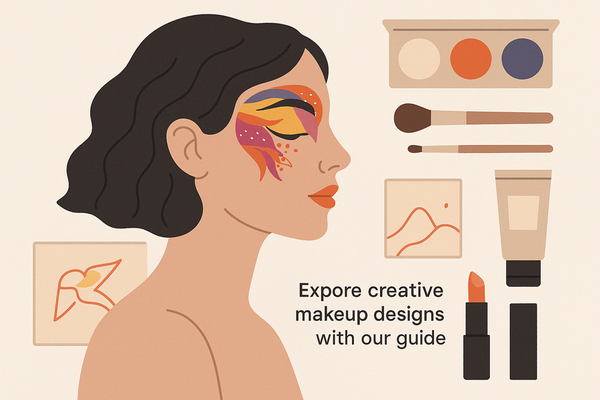Traditional vs AI Makeup Analysis: A Comprehensive Comparison
Compare traditional makeup analysis with AI approaches to see how each stacks up in creativity, speed, and global accessibility. Evaluate your best option.
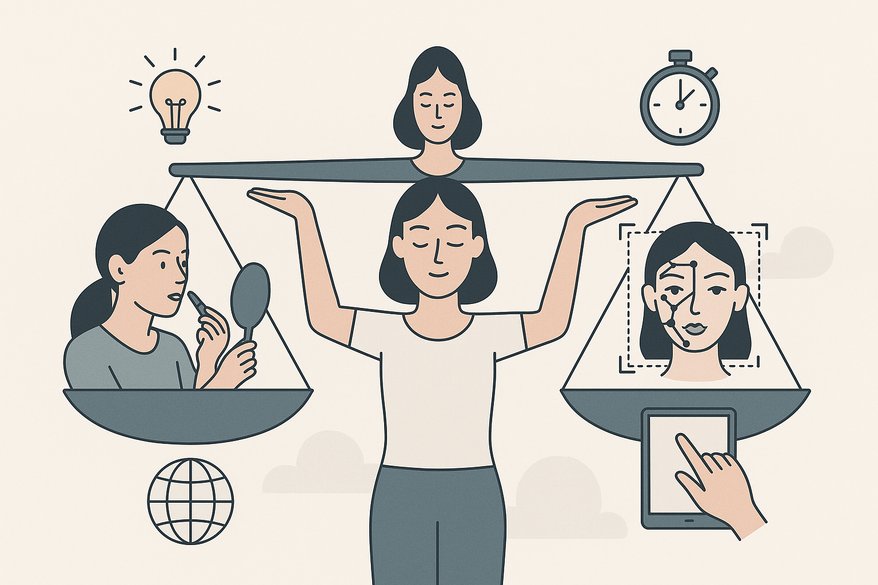
Estimated reading time: 7 minutes
Key Takeaways
- Traditional makeup analysis relies on in-person expertise, manual tools, and aesthetic principles like the golden ratio.
- An AI makeup generator leverages computer vision and machine learning for instant, personalized recommendations.
- AI tools offer pixel-level precision, speed, and global accessibility, minimizing human error.
- Traditional methods excel in bespoke artistry, nuanced adjustments, and creative expression.
- Hybrid approaches combining human expertise with AI efficiency promise the ultimate beauty analysis experience.
Table of Contents
- Historical context of traditional analysis
- How AI makeup analysis works
- Side-by-side comparison
- Real-world case studies
- Practical recommendations
Traditional Makeup Analysis
Traditional makeup analysis relies on in-person assessments by trained artists who inspect face shape, skin tone, and symmetry. They employ:
- Manual tools: color swatches, fabric drapes, calipers for measurements
- Aesthetic principles: golden ratio (1:1.618) and neoclassical canons
Historical context: In the early 1900s, beauty salons and art academies formalized these methods, shaping today's cultural ideals. Some artists now blend in AI tools for faster color matching.
Key studies:
- Study on golden ratio & neoclassical canons
- Dermatologist insights on manual skin-type classification
AI Makeup Analysis
An AI makeup generator applies computer vision and machine learning to analyze selfies or live video. The typical workflow includes:
- Face scan via camera
- Landmark mapping (eyes, nose, lips)
- Palette suggestion based on undertones
- Real-time virtual try-on
Modern AI systems can:
- Map 68+ facial landmarks with sub-millimeter precision
- Assess 15+ skin concerns (e.g., redness, hyperpigmentation)
- Detect subtle undertones beyond human sight
- Learn from user feedback for improved accuracy
- Ensure cultural inclusivity through diverse data
Explore our previous post on Virtual Makeup Try-On: Revolutionizing Beauty with AR and AI.
How Makeup Check AI works in action

Detailed Comparison
- Methodology: Traditional is subjective, manual; AI is objective, algorithmic.
- Personalization: Traditional varies by artist’s style; AI delivers granular data-driven suggestions.
- Accuracy: Traditional may incur human error; AI achieves up to 95% color-match precision.
- Speed: Traditional sessions take 30–60+ minutes; AI provides instant scans and palettes.
- Cost: Traditional involves professional fees; AI often offers free or low-cost subscriptions.
- Accessibility: Traditional is location-limited; AI grants global access via smartphone or browser.
- Cultural Adaptability: Traditional reflects local norms; AI ensures inclusive recommendations from diverse data.
- Limitations: Traditional can be labor-intensive and biased; AI may lack artistic nuance and depend on data quality.
- Best Use Cases: Traditional shines in editorial and bridal; AI excels in daily experimentation and quick trials.
Case Studies of AI Makeup Generators
AI vs. Golden Ratio: A research project showed AI-generated faces often diverge from the classic golden ratio to embrace modern, diverse beauty ideals.
M·A·C Virtual Try-On: M·A·C Cosmetics integrated Perfect Corp’s AI makeup generator, driving a 200%+ increase in engagement and boosting conversions.
Practical Recommendations
When to choose traditional methods:
- Creative, handcrafted artistry is paramount (bridal, editorial)
- On-the-spot adaptation to unique skin concerns
When to embrace AI makeup generators:
- Speed, convenience, and cost-efficiency matter
- Remote or global clients want instant, unbiased color matches
Tips for professionals: Integrate AI tools to streamline consultations; reserve in-person sessions for high-stakes projects.
Advice for enthusiasts: Experiment with AI for quick trials; book artists for bespoke occasions.
Conclusion
In the traditional vs AI makeup analysis debate, both have distinct strengths. Traditional methods offer artistry and nuance; an AI makeup generator delivers speed, precision, and accessibility. Daily experimentation and fast color matching? AI excels. Bespoke artistry for weddings or editorials? Traditional wins. The future is hybrid: human expertise powered by AI efficiency.
Discover more in How AI Is Revolutionizing Personalized Makeup Tips.
FAQ
- What is the difference between traditional and AI makeup analysis? Traditional relies on manual, in-person expertise; AI uses algorithms to deliver instant, data-driven suggestions.
- How accurate are AI makeup generators? Modern AI tools can achieve up to 95% color-match precision by analyzing pixel-level data and user feedback.
- Can AI analysis replace professional makeup artists? AI excels in speed and accessibility, but professional artists remain essential for bespoke, high-stakes projects.
- Are AI makeup generators accessible worldwide? Yes—most AI tools run on smartphones or browsers, offering global access without location constraints.
- Should I use AI or traditional methods for special events? For weddings or editorial shoots, traditional artistry is ideal; for daily experimentation, quick trials, or remote consultations, AI is the best choice.

